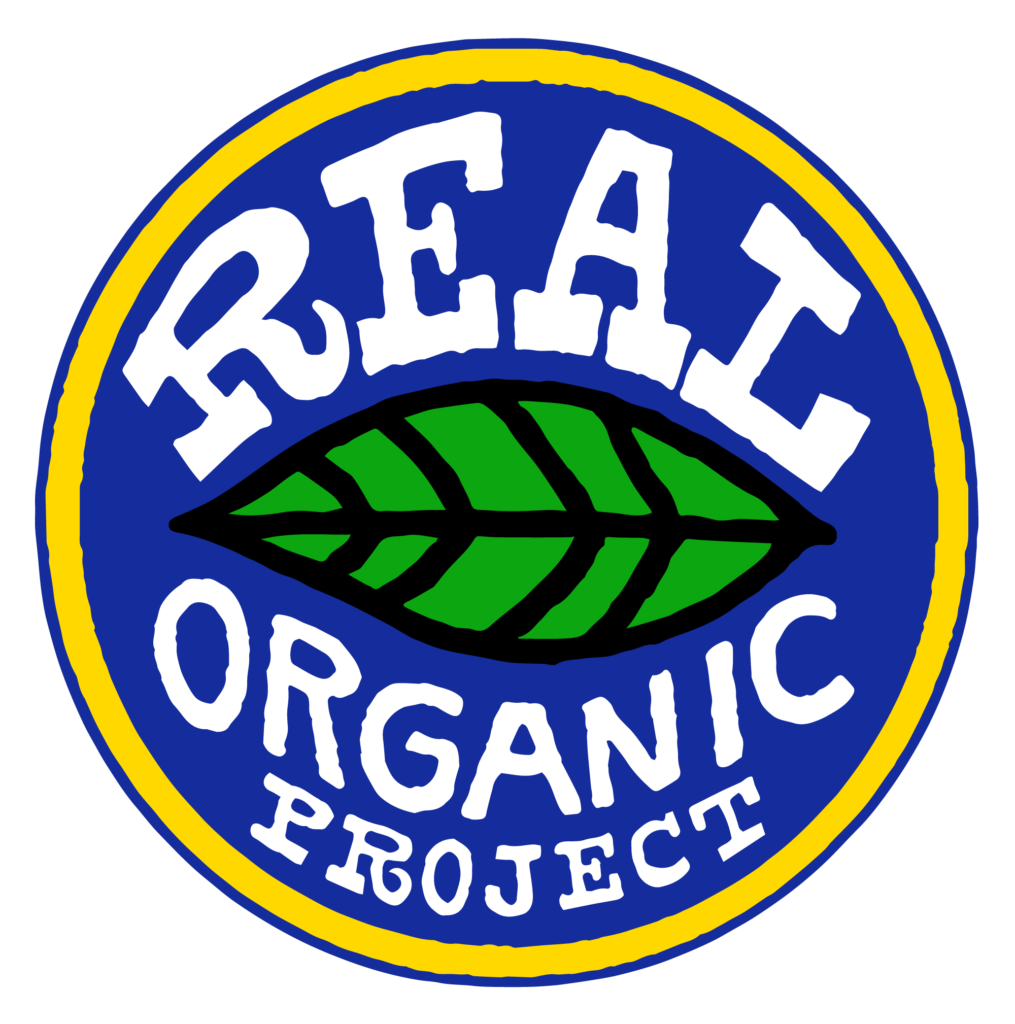It’s not easy for me to sit down and write a blog. When I’m on the farm, I’m inspired to write about everything I’m doing and thinking. But between working the farm and loving my 2-year-old daughter I always leave blogging to the evenings, when all I want to do is curl up on the couch (or in bed). The seemingly brilliant ideas I had that day at the farm are long gone. But tonight I moved the couch by a roaring fire and poured myself some wine. After dealing with a sick fussy child all evening it seems so civilized!
Many have said that Adobe House Farm’s success growing this winter may just be due to a milder year. “Have you tried growing through a REAL winter?” the skeptics ask. I would argue that this winter may be tougher than snowier winters. The snow is an excellent insulator and seals the edges of our plastic tunnels. Without it, the cold air finds its way through the gaps between the plastic and soil. It’s very exciting to me that we have lettuce, spinach, arugula, dill and cilantro for sale right now in the middle of January even without snow through most of the winter. In fact, this year we planted spinach outside at the beginning of September, covered it with low hoops and 6 ml plastic by October, and we are still harvesting from those beds today!
I have spent many hours crawling through those 3 foot high tunnels harvesting spinach leaf by leaf. With growing space so limited in the winter, I choose to harvest it this way so that next week I can harvest again (rather than cutting the entire spinach plant back, tilling the bed under, and then waiting 2 months to harvest again). Sometimes I think about the life I left behind in academia and wonder how I could be satisfied picking spinach leaves one by one, day after day. I think the challenge of small scale, diverse, organic farming is part of the reason. I still haven’t figured out how to do anything to perfection, and probably never will. While picking spinach, I may ponder over the optimum seeding density given the soil and our growing and harvesting strategies (which are constantly changing too). Should I change the seeding density this summer when the conditions are different and beds are harvested all at once rather than leaf by leaf? Probably.
There are millions of questions like this on a farm and farmers are natural scientists conducting experiments all the time, often not deliberately. Maybe the tomato leaves are curling here and not there; was it that extra bit of compost that was dumped there? Or maybe the mulch is thicker and as a result the soil moisture is more constant here. When plants are doing well, we try to remember what we did so we can do it again. When plants aren’t doing well, we note the symptoms and think back on what might have gone wrong. Either way, we’re there every day observing the changes good or bad and making adjustments the next time. Farming is a game and I enjoy figuring out how to be successful at it. And, you get to start fresh bed after bed, year after year.



Leave a Reply